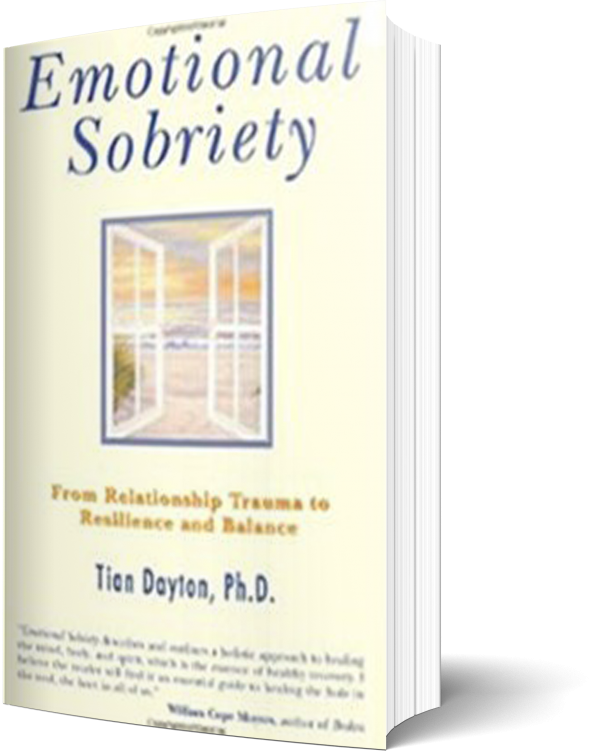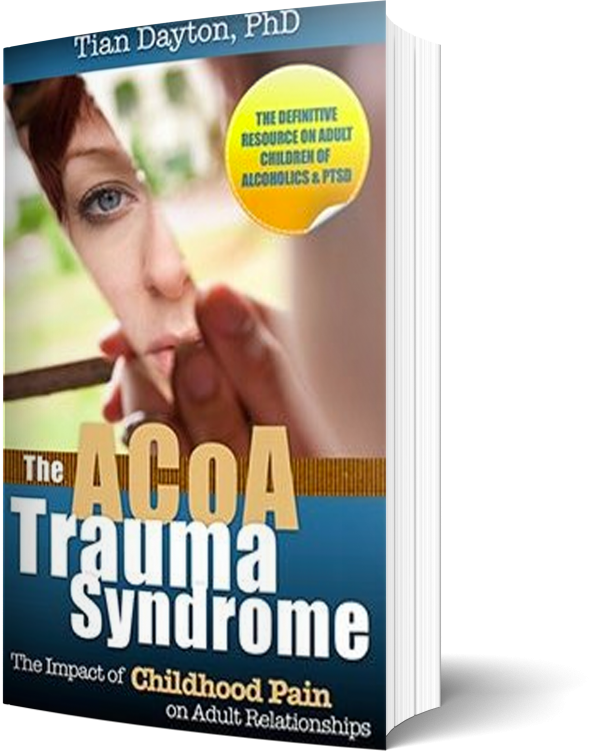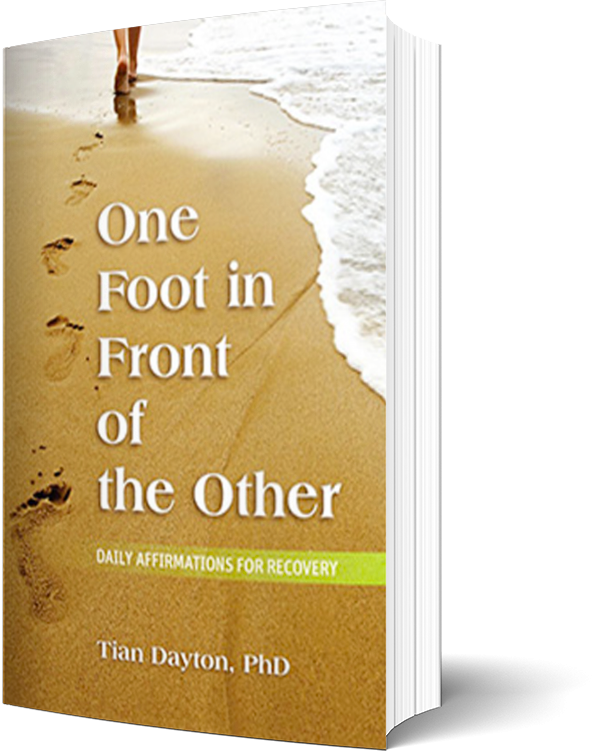Can guided imagery really make you less depressed, less anxious and improve your general outlook on life? Apparently the answer is YES. Research on guided imagery in chemotherapy patients, has consistently shown that it can reduce their length of stay in hospitals, lessen somatic symptoms such as vomiting and need for pain meds. But here’s another interesting finding, it apparently also reduces depression and anxiety. And across the board, groups using guided imagery said they found it easier to share emotions and reported having a better perceived quality of life.
The research on guided imagery has followed the funding stream, that is, it has largely been done on cancer patients. But while it may not be proven that it can consistently reduce tumors, it’s implications for how it can improve mental health are actually fairly stunning.
Apparently, kicking back, relaxing and listening while a gentle voice leads us on a quiet, inner journey, not only makes us feel better for the moment, but has lasting beneficial effects. Can it be this easy? Can we really feel less anxious or depressed, perceive our life is more pleasant and have an easier time sharing ourselves with others just through some subtle, inward shift?
Let’s take a closer look at the research:
While guided imagery may not always reduce cancer cells, it’s success in reducing depression, anxiety, somatic disturbances such as vomiting associated with chemotherapy was consistent across a variety of studies. Read on……
Virginia Study: The Inova Heart Center in Falls Church, Va, says……”Clinical research has demonstrated that guided imagery, a simple form of relaxation, can reduce preoperative anxiety and postoperative pain among patients undergoing surgical procedures. Patients who completed the guided imagery program had a shorter average length of stay, a decrease in average direct pharmacy costs, and a decrease in average direct pain medication costs while maintaining high overall patient satisfaction with the care and treatment provided.”
.
Korean Study: In a 2005 study two control groups of 30 women with breast cancer were studied. Group #1 was given progressive muscle relaxation training (PMRT) and taught to use guided imagery during their 6 months of chemotherapy. Group #2 was treated with chemotherapy alone. The group practicing muscle relaxation and guided imagery, #1 experienced less nausea and vomiting, and they were less anxious, depressed, and irritable than group #2 receiving chemotherapy alone. Six months after treatment ended, group #1 was still experiencing a better quality of life than the group #2.
In other words, the skills learned in guided imagery last.
British Study: In a similar British study published in 1999, 96 women with newly diagnosed large or locally advanced breast cancer were split into 2 groups. Both groups received traditional cancer care including 6 cycles of chemotherapy. However one group also received relaxation training and guided imagery. The women receiving training through guided imagery and muscle relaxation techniques, experienced better quality of life and easier expression of emotions than the group receiving only the traditional care.
Two more studies at Ohio College of Nursing and University of Florida both reported similar findings.
I have used guided imagery alongside therapy to treat the depression, anxiety and somatic issues related to addiction, trauma and codependency for twenty five years. Guided imagery not only teaches addicts in treatment critical skills of mood management, it helps them to make those skills portable, to use them when and where needed. While it is useful to learn guided imagery from a skilled practioner, guided imagery can also be self directed. I have created both a CD and an app. One Foot in Front of the Other,available on itunes includes a 14 minute imagery for processing difficult emotions along with 20 guided affirmations. Relationship Trauma Repair consists of eight, 14 min, guided imageries on a CD dealing with such issues as depression, emotional balance, anger, grief, forgiveness and visualizing a positive future. Guided imagery is one of those self help tools that allows us to drive our own bus, to internalize skills of self soothing and mood management so that we can use them whenever we feel the need.Guided imagery is one of those quiet things that can really help us feel different on the inside.





